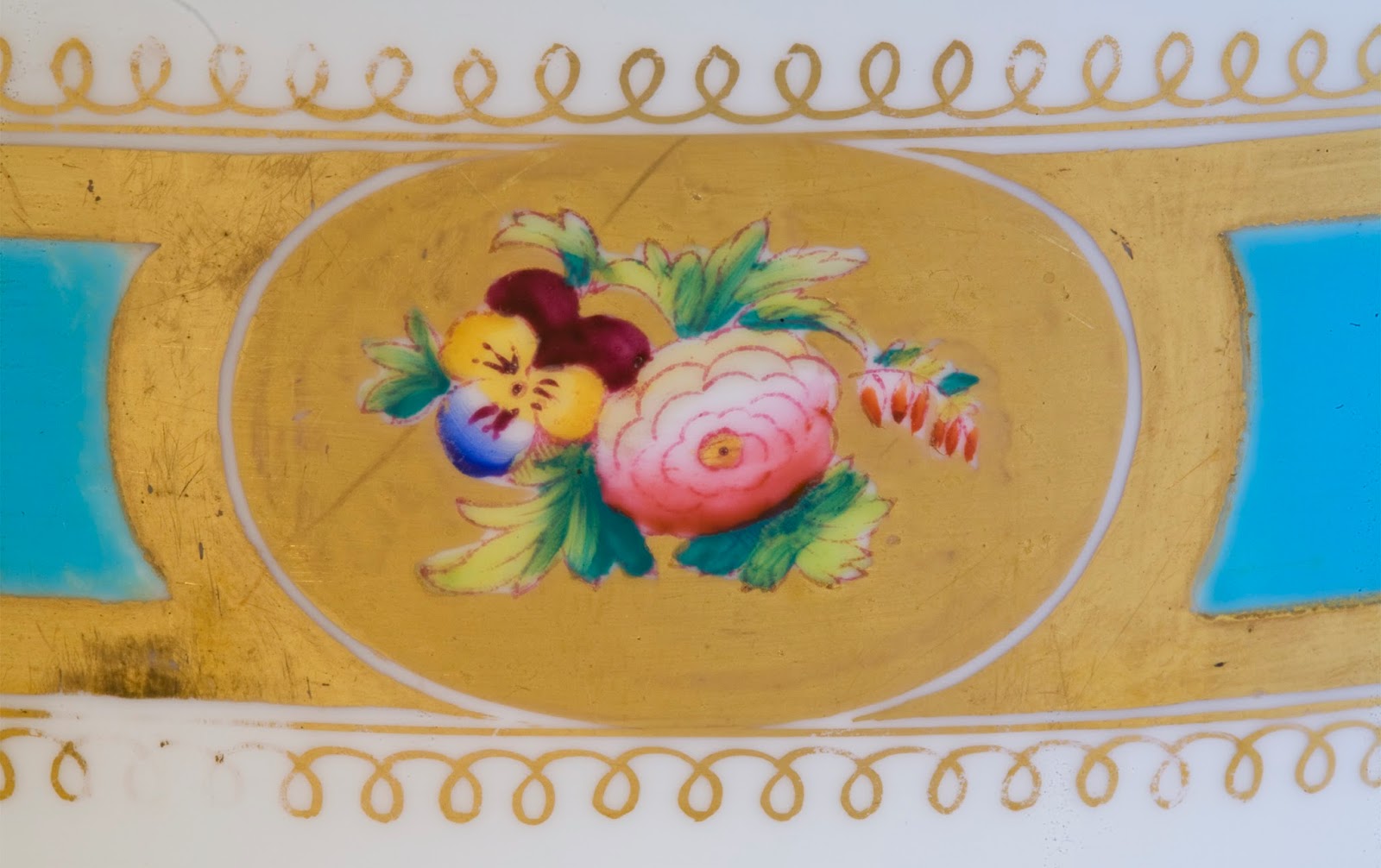Ludwig Koch was the inventor of the sound book. Here are two, rare,
sound books: 'Songs of Wild Birds' and 'More Songs of Wild Birds' by Ludwig
Koch which date from 1936-7.
The first book and record set is from 1936. ‘Songs of Wild Birds’ was a great success, well received and praised by both press and public at the time and helped establish Ludwig Koch as the leading light in wildlife sound recording. The book is illustrated by photographs and 2 double sided 10 inch gramophone records with songs of 15 species.
The second book/record set is from 1937, and is a sequel, 'More Songs of Wild Birds', this time accompanied by three double-sided discs featuring the voices of 21 species.
Ludwig Koch was the subject of a
2009 BBC Radio 4 documentary, "Ludwig Koch and the Music of Nature".
His recordings and manuscript papers are preserved in the British Library Sound
Archive.
This very interesting site tells us that:

"Soon after the war began Ludwig's recording activities were interrupted by a period of internment as an ‘enemy alien’ but he was released in August 1940. At Aldus Huxley’s suggestion he offered his services to the BBC where he found employment in the European Service, transferring later in the war to Home Services. Here he was able to illustrate his talks for Children’s Hour and the Talks department with his own recordings, which he still continued to make with the help of BBC engineers in spite of the limitations imposed by wartime conditions."
These 2 record/books have been stored for many years and the outer casing has suffered form book worm at some point - now not active. The books and records themselves are in good condition.




















